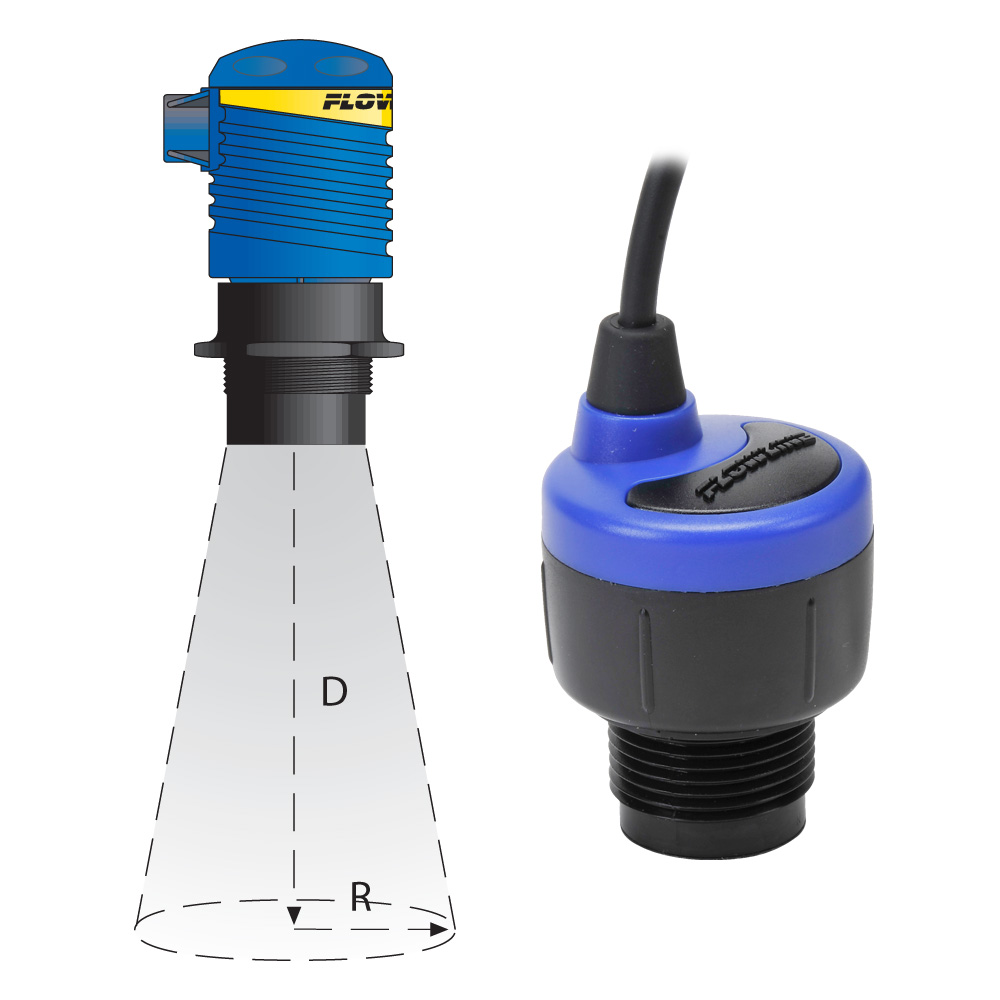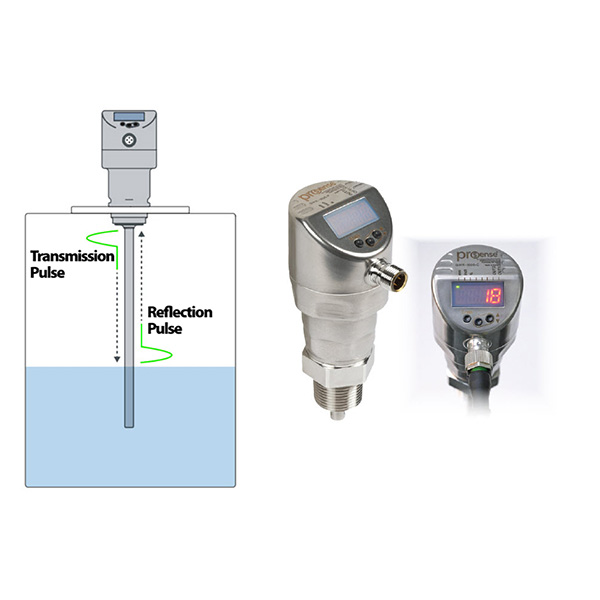
Detecting the level of a product or liquid in a vessel is required for many machinery and process applications, so designers need a working understanding of the available technologies and best practices.
Manufacturing and processing equipment automation systems often need to detect the presence/absence, or even the exact level, of a material in a bin, hopper, tank, or other vessel. The material could be made up of bulk solids such as small parts, pellets, granules, or powders, or it could be any type of liquid or slurry. Materials may flow easily and cleanly, or they may clump and build up, or have hazardous properties. With an understanding of the vessel, material, measurement requirements, and other characteristics, designers can select the best electrical/electronic sensor and measurement technologies for their applications.
Discrete and Continuous/Analog Level Basics
The simplest form of level measurement is discrete detection, which just identifies the presence or absence of the target material at a given point and provides a yes/no signal to the automation. More advanced applications often need a variable continuous or analog measurement signal, representing the exact level as it goes up and down. Any type of discrete or analog level measurement might be used just for indication on an indicating light, panel meter, or HMI, but often it is integrated with a PLC as part of an active control strategy.
Measurement devices of any kind are often called sensors, transmitters, or instruments. A sensor is technically the portion in contact with the product. The transmitter consists of the electronics and “smarts” that produce a signal to the host controls by transforming the sensor signal to an industry standard, such as 4-20mA. An instrument is generally the whole assembly (which can be an all-in-one unit, or it may have remotely located sensor and transmitter).
The term sensor tends to be used to describe an all-in-one discrete detection device, while an instrument or transmitter is the term often used for an analog detection device, but the terminology is a little fluid (pun intended). Of course, all elements of a level sensing device must be rated for the environmental areas of their installation, and for the materials they may encounter.
Understanding the characteristics of the measured material is essential for selecting an appropriate level measurement technology. Solids may bridge or create static electricity, while liquids can present issues such as turbulence, conductivity, high viscosity, buildup on sensor, air bubbles, foam, high pressure, and temperature extremes—all of which challenge reliable measurement.

Some level sensing devices require power to operate. Users must select versions which electrically match with the wiring or digital controller they will be connected to, and with the proper contacts or signal provisions to be fail-safe as needed. Discrete sensors are often rated at 120VAC or 24VDC, with normally-open (NO) or normally-closed (NC) contact outputs, while analog instrument outputs might be 0-10VDC, 4-20mA at 24VDC, or various digital protocols, such as EtherNet/IP.
Many times, both discrete and continuous/analog measurements are used in conjunction in an application to provide a degree of redundancy for safe operation. For example, the water level in a vessel may be primarily measured using an analog technology, but a simple discrete technology may be used at the low and/or the high point as a backup to prevent a pump from running dry or the sump from overflowing in the event of the analog sensor failing, respectively. In other cases, two or three—in a 2-out-of-3 (2oo3) voting scheme—different discrete or continuous/analog measurement technologies may be implemented in parallel so that users have a fallback selection for the automation in case there is a problem.
Selecting the Right Level Measurement Technologies
Level measurement—along with flow, pressure, and temperature—is one of the leading equipment and process measurement needs. There are many application types, ranging from small machines up to large processing plants. Fortunately, there are correspondingly an extensive variety of detection and measurement technologies—spanning a wide range of prices, features, and performance.
Because industrial level measurement is such a key need, the AutomationDirect website features many types of products and technologies, along with informational resources, such as specifications, documents/drawings, and videos. A level switch and sensor overview document is available at this weblink. Support staff are ready to help you find the right application solutions to deliver maximum value and performance.

